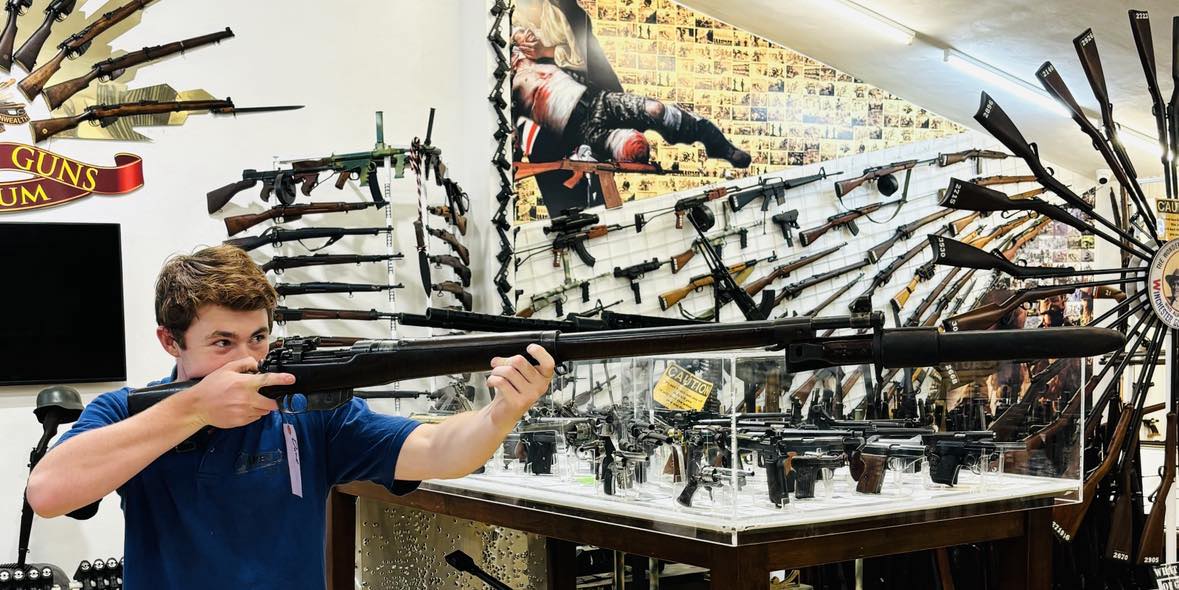
The Ross Rifle
This Firearm Friday is about "The Ross Rifle"
During the South African War of 1899–1902, The Birmingham Small Arms Company, which made the Lee-Enfield, would also not license the rifle for production in Canada.
Sir Charles Ross, offered to build a small-arms factory in Canada. He also proposed a rifle of his own design as Canada’s first domestically produced military rifle. Ross’ design was heavily influenced by the Austro-Hungarian Mannlicher rifle. His first military rifle, the “Ross, Mark 1” was a straight-pull bolt-action rifle using the same ammunition calibre as the Lee-Enfield.
In 1905 1,000 rifles were supplied to the North-West Mounted Police. Various problems plagued this model, and it was eventually recalled in 1906. Changes were made until 1910 with several models of the Mark 2 being produced and reworked.
By this time, Britain was urging Canada to adopt their upgraded Lee-Enfield rifle, so that Canadian troops would be similarly equipped with other soldiers from the British Empire. However, Canada refused to stop production of the Ross rifle, creating strains between London and Ottawa over imperial defence.
With its long barrel, the Ross was an excellent hunting and target rifle as well as a fine sniper weapon. But it wasn't tough enough for the hardships and demands of the Western Front, including the dirt and mud of the trenches. Many Canadian troops threw away their Ross rifles in disgust and went searching for Lee-Enfield replacements despite orders against doing so.
The cause of the jamming in the Ross was eventually corrected, but this came too late for the rifle to be maintained in use. By the fall of 1916, the rifle had been officially withdrawn from service, and Canadians were re-armed with the Lee-Enfield.
Another problem arose as a result of the very fast pace of training due to the pressures of war. If not properly reassembled after cleaning, the Ross MkIII bolt could remain unlocked and still fire a cartridge. If the rifle was fired from the shoulder under these conditions, the bolt could be violently ejected from the rifle's receiver, often leading to the death or disfigurement of the firer. Just when it seemed the situation could not get much worse, it became apparent that the bayonet had a tendency to dismount from the rifle when it was fired and the blade point had not been designed to sufficiently penetrate the great-coats that German soldiers were in the habit of wearing.













